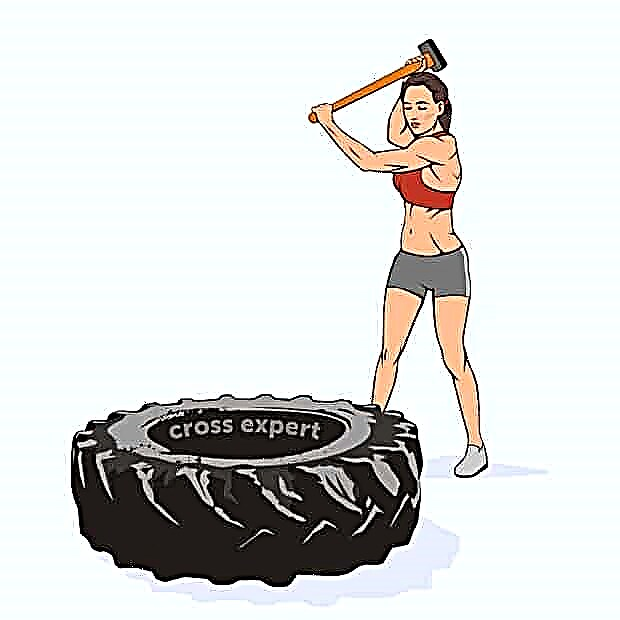The queen of sports is athletics, widely represented by cross-country disciplines, one of which received a purely English name "steeple-chaz". One can easily guess that England became the birthplace.

What is a steeple chase
History
In 1850, a student from Oxford, who participated in the steeplechase horse races, proposed to halve (from 4 to 2 miles) the distance and run it on foot. The idea took root and from 1879 in Great Britain they began to hold national championships (from 1936 in Russia).
Nowadays
The modern steeplechase is a 3000m hurdle race (a "shortened version" is allowed - 2000m for the level of youth and local competitions). According to the classification, it is an average distance. Due to its specificity, it is held only in the summer season at open stadiums. Since 1920 he has been a member of the Olympic program (for women since 2008). It is considered, along with the 800 m and 1500 m races, the most spectacular view.
Features of the rules

The need to overcome specific artificial obstacles during the race has made adjustments to the rules for organizing the competition. The most insidious test - a jump over a pit with water (366x366 cm, depth from 76 cm descends to 0 at the end of the pit) was taken to a separate section on a bend. The barriers (height 0.914 m for men and 0.762 m for women) weighing from 80 to 100 kg are rigidly fixed (as opposed to sprint), which makes it possible to attack them with a support ("jumping" method).
A minimum width of 3.96 m “covers” the 3 inner radius tracks to minimize the risk of collisions, although minor contact is permitted. In total, 5 equidistant obstacles are set in a circle, and the 4th one is in front of a pit with water.
It is allowed to step into the water, but always above the conditional horizontal projection of the tops of the barriers, otherwise the participant will be disqualified. The total number of barrier obstacles is 28, pits with water - 7 (at 3000 m, at 2000 m - respectively 18 and 5).
The starting point in the steeplechase is different from the start in the smooth 3000m run, because taking into account running onto the track where the pit with water is equipped (the start is made on the side opposite the finish). The starting positions are determined by drawing lots or taking into account the place taken by the athlete in the previous stages of the competition.
Unlike sprint starts from a low stance, a steeplechase starts from a high stance with the fastest taking up a position at the inner radius. The finish is fixed in the standard way, according to the position of the body. False starts are rare, especially after the rigorous innovations of the IAAF (International Athletics Federation).
[/ wpmfc_cab_ss]
Unlike sprint starts from a low stance, a steeple chase starts from a high stance, with the fastest taking up a position at the inner radius. False starts are rare, especially after the rigorous innovations of the IAAF (International Athletics Federation).
Features of technology

The specificity of this type of running introduces additional requirements in the process of mastering technical skills. To the generally accepted system of training middle distance runners, work is added on the "hurdler" technique, which is also largely different from the hurdle sprint.
When choosing the method of "attack of the barrier" (step with a swoop or stepping on the barrier), the anthropometric data and coordination capabilities of the athlete are taken into account, which make it possible to maximally rationalize the structure of movement and, thereby, save losses on obstacles. Effective technique can "remove" more than 10 sec.
There are also nuances in the methods of “dealing with a water barrier”. Here it is necessary to make special efforts to push off the bar, land as far as possible and not fall into the deeppart. The best option is to increase the speed 10-15m before the obstacle.
The fundamentals of a smooth steeplechase run are laid down by conventional long distance running techniques. A distinctive feature is additional work on the elements associated with a "ragged" running rhythm of a non-tactical nature - the selection of the jerk leg, take-off, the flight phase.
Tactical and general physical training practically does not differ from the tasks facing middle distance runners.
Speed endurance plays a key role in physical fitness. In the training process at the preparatory stage, this quality is brought up by means of loads in aerobic conditions (about 80% of the time).
The choice and implementation of tactical plans depends on a number of conditions, for example:
- the skill level of the athlete and competitors;
- the scale of the competition;
- the task (achieving the maximum result in time, winning the race, reaching the next stage, checking the functional readiness, working out new tactics);
- type of track coverage;
- climatic zone (height above sea level).
Records and record holders

The world record for men belongs to Saif Said Shahin (Qatar) - 7: 53.63 min. and was installed on 03.09.2004 in Brussels (Belgium).

Among women, the world record holder is Ruth Jebet from Bahrain - 8: 52.78 (27.08.2016, Saint-Denis, France).
Olympic records: Men - Conseslus Kipruto (Kenya) 8: 03.28, 08/17/2016, Rio de Janeiro, Brazil. Women - Gulnara Galkina-Samitova (Russia) 8: 58.81, 17.08.2008, Beijing, China.
European record: men - 8: 04.95 min., women - 8: 58.81 min.
In today's world ranking, the leading positions are held by representatives of Kenya for men and Russia for women.
Interesting Facts
In the steeplechase athletes use a special type of sneakers that "push out" moisture. Considering that in the race you have to sink into the water 7 times, even in dry weather, such shoes really help. Some African athletes solve this problem more simply - they run barefoot.
At the 1932 Olympics. In Los Angeles there was a curious incident: the judge closely followed the American discus thrower and was distracted from his main duties, which directly affected the participants in the race - they ran an extra lap.
The components of successful performances in one of the most difficult types of running disciplines, which the steeplechase is recognized for, are:
- Ability to overcome significant physical stress
- High coordination of movements
- Concentration of attention
- Ability to switch between different types of load
- Calculation of forces and quick decision making
It is recommended to engage in this kind of sport only after preliminary physical and special training. Jogging in the park and steeplechase stand in different categories.









